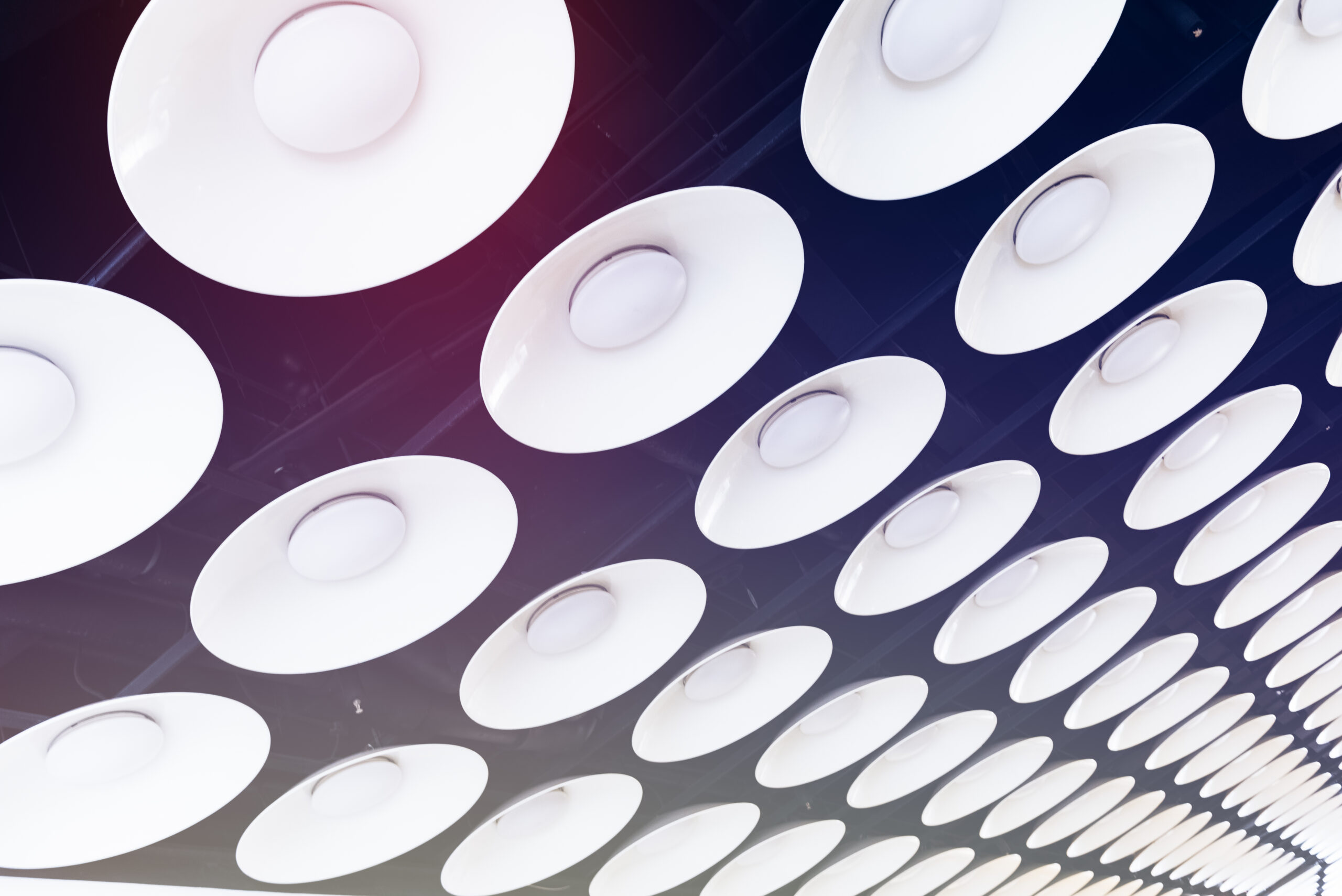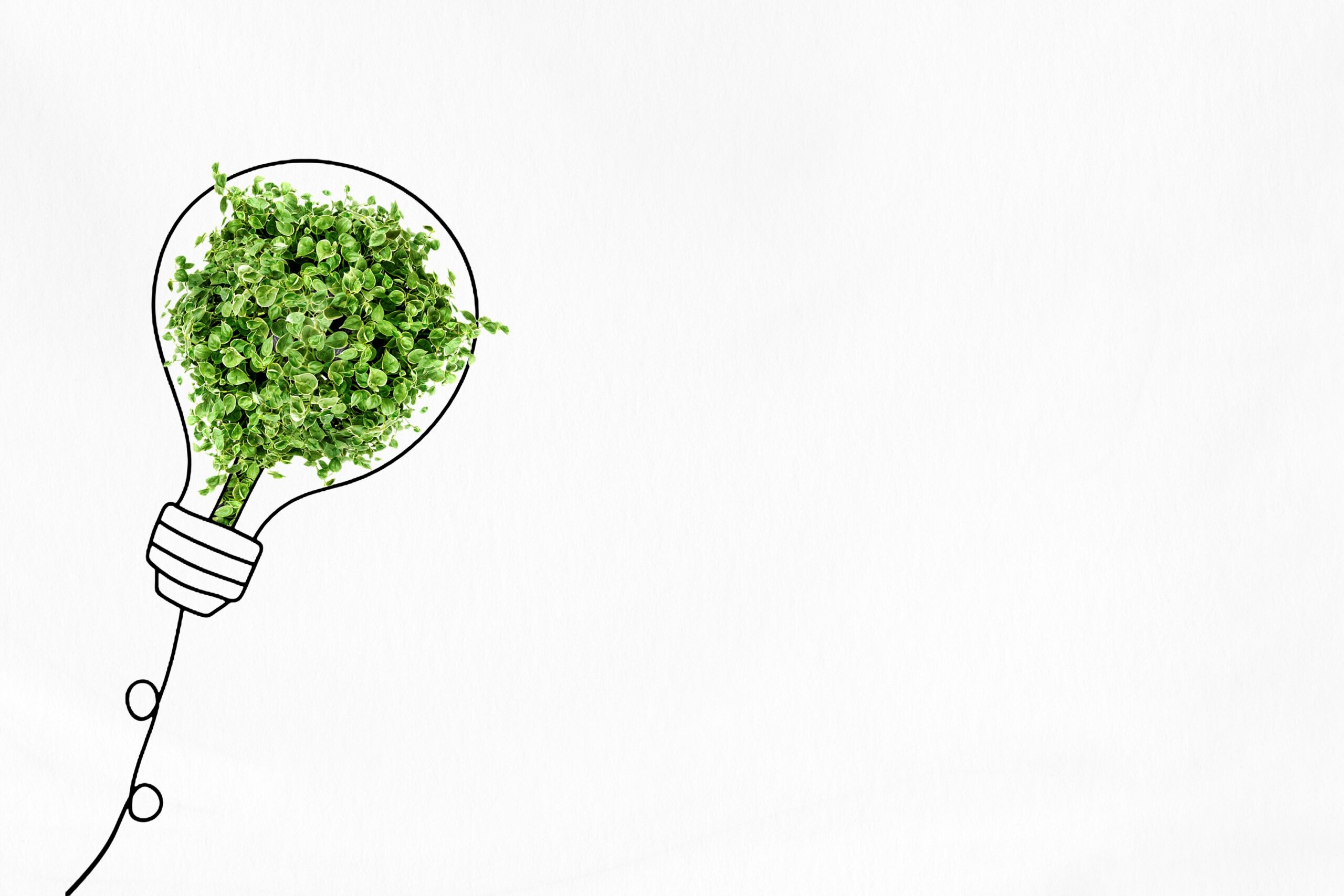
Energy efficiency on a large scale
Because of their high energy consumption, joint stock companies play an important role in the transition to a more sustainable future. Lighting retrofitting represents a concrete opportunity to reduce environmental impact and achieve significant cost savings.
The key to efficiency:
The adoption of the latest LED technologies is the first step towards optimising energy consumption. LEDs offer high performance with up to 85% lower energy consumption than conventional lamps. This translates into substantial savings on energy bills, especially for PLCs, which usually have high power consumption.Intelligent control systems:
The integration of intelligent control systems makes it possible to maximise the energy efficiency of lighting. Presence sensors, daylight sensors and dimming systems allow lighting to be adapted to actual needs, avoiding waste and optimising consumption.Environmental benefits and incentives:
Reducing energy consumption results in lower CO2 emissions, contributing to the fight against climate change and improving the company's Carbon Footprint. In addition, joint stock companies can access numerous tax breaks and incentives for energy efficiency projects, such as Energy Efficiency Certificates (TEE).An investment that pays for itself over time:
Lighting retrofitting is an investment with a guaranteed payback. Savings on energy costs and the possibility of accessing incentives allow the initial investment to be amortised quickly and a competitive advantage to be gained in the long term.A commitment for the future:
For SpAs, lighting retrofitting is an opportunity to demonstrate their commitment to environmental sustainability and to create a more efficient and comfortable working environment. A concrete step towards a more responsible and sustainable future.Categories
News
Publication date
12 November 2024
Reading time
1 minutes







